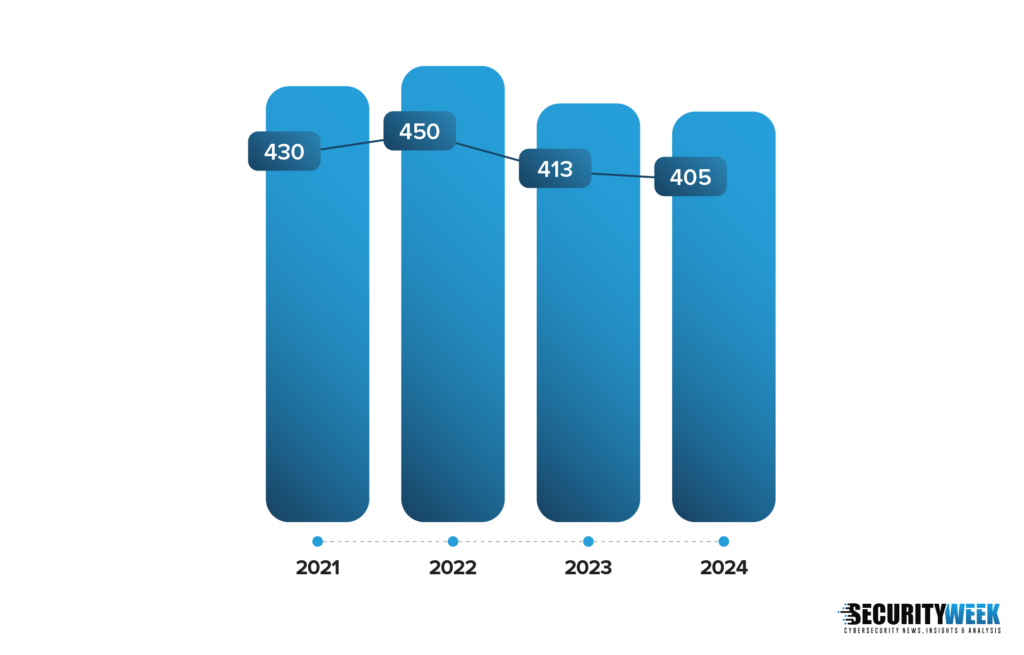
Tag: SASE





Keypoints :
Lynx ransomware first appeared publicly in July 2024.…




Threat Actor: Cybercriminals | cybercriminals Victim: Organizations | organizations
Key Point :
Legacy Multi-Factor Authentication (MFA) became obsolete due to vulnerabilities to modern attack techniques like phishing and SIM swapping.…### #RansomwareTesting #ShadowAIThreats #TLSInspectionChallenges
Summary: Ransomware gangs are increasingly recruiting penetration testers to enhance the effectiveness of their attacks, while the unauthorized use of AI tools within organizations poses significant security risks. Additionally, many organizations neglect TLS inspection, leaving them vulnerable to cybercriminals exploiting well-known brands.…
### #Ransomware #CyberThreats #PenTesting Summary: The Q3 2024 Cato CTRL SASE Threat Report reveals that threat actors are recruiting penetration testers for ransomware affiliate programs, highlighting a growing underground economy. This trend underscores the evolving tactics of ransomware gangs, which are increasingly leveraging skilled professionals to enhance their attacks.…
In mid-2023, Black Lotus Labs uncovered a significant botnet named “Raptor Train,” believed to be operated by the Chinese threat actors known as Flax Typhoon. This botnet has compromised over 200,000 small office/home office (SOHO) and IoT devices, making it one of the largest state-sponsored IoT botnets.…
Short Summary:
FortiGuard Labs reports on the Underground ransomware, which encrypts files on Windows machines and demands ransom for decryption. The ransomware is deployed by the Russia-based RomCom group, exploiting vulnerabilities and using various infection vectors. The report outlines the ransomware’s methods, victimology, and Fortinet’s protective measures against it.…
Summary: This article discusses multiple critical vulnerabilities in Emerson devices that expose them to cyberattacks.
Threat Actor: N/A Victim: Emerson devices
Key Point :
Multiple critical vulnerabilities have been discovered in Emerson devices, putting them at risk of cyberattacks.Endpoint Security , Governance & Risk Management , Internet of Things Security
Critical-Severity Flaws Expose Emerson Devices to Cyberattacks Prajeet Nair (@prajeetspeaks) • June 28, 2024
Image: ShutterstockMultiple critical vulnerabilities in Emerson gas chromatographs could allow malicious actors access to sensitive data, cause denial-of-service conditions and execute arbitrary commands.…
Summary: This article discusses a cybercrime incident where a terminated worker unlawfully accessed patient information at Geisinger, a healthcare organization.
Threat Actor: Former employee of Nuance Communications Inc. | Nuance Communications Inc. Victim: Geisinger | Geisinger
Key Point :
An ex-employee of Nuance Communications Inc. has been indicted for unlawfully accessing patient information at Geisinger, a healthcare organization.…